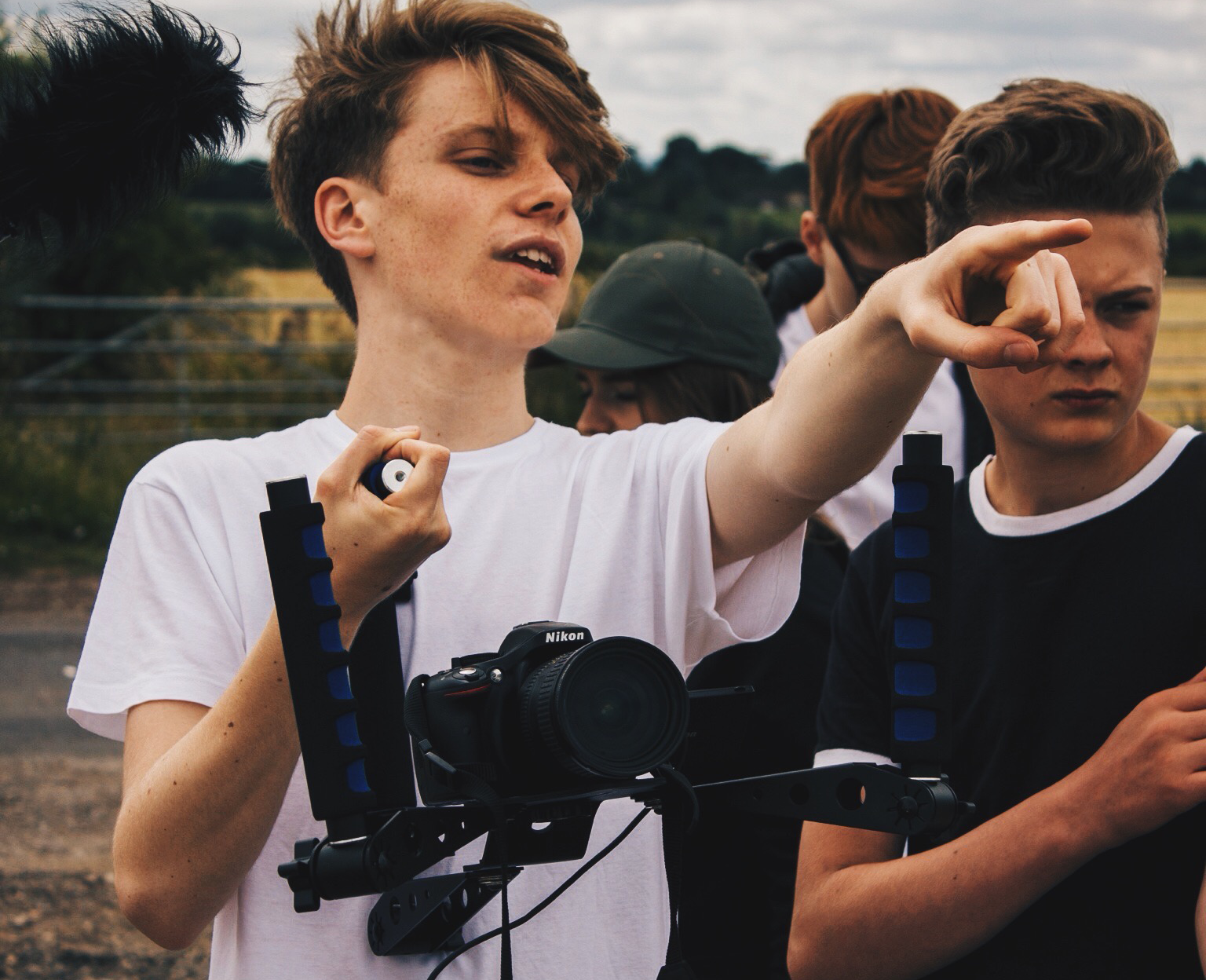#iDare Blog: By young people, for young people
Digital Vs Cellular Film
Digital Vs Cellular Film. From Edison’s Kinetoscope (1893) to Steve Casson’s CCD Sensor Kodak (1975), film continues to evolve through the digital era. The term “film” was first used to describe a specific technology - a thin, flexible material coated in lightsensitive emulsion that retains an image after it’s exposed to light.This article will discusses its history, the mechanics of film and the pros and cons of both cellular and digital film. Photography came about in the early-to-mid-19th century, at a time of great scientific and artistic innovation. In 1912 Max Wertheimer discovered the Phi Phenonmenon. The Phi Phenomenon is an optical illusion that lets you see a series of images in rapid succession as continuous motion. From the Latin meaning “dark chamber,” a camera obscure is essentially a box, tent or a room with a lens or pinhole in one end, and a reflective surface like a mirror at the other. Joseph Nicéphore Niépce took the first photo on film in 1826, “View from the Window at Le Gras.” It took a unique combination of ingenuity and curiosity to produce the first known photograph, so it’s fitting that the man who made it was an inventor and not an artist. In the 1820s, Joseph Nicéphore Niépce had become fascinated with the printing method of lithography, in which images drawn on stone could be reproduced using oil-based ink. Searching for other ways to produce images, Niépce set up a device called a camera obscura, which captured and projected scenes illuminated by sunlight, and trained it on the view outside his studio window in eastern France. The scene was cast on a treated pewter plate that, after many hours, retained a crude copy of the buildings and rooftops outside. The result was the first known permanent photograph. It is no overstatement to say that Niépce’s achievement laid the groundwork for the development of photography. Later, he worked with artist Louis Daguerre, whose sharper daguerreotype images marked photography’s next major advancement. So now we get to the pros and cons of both Digital and Cellular film. Firstly, Digital film is a lot more feasible than Film. Digital Film is also a lot easier to manipulate. With the Phantom v2512 camera capable at operating at 1 million fps. You can change cellular film scale however you can’t change Digital. Cellular film takes up a lot of physical space unlike digital film which can be stored on hard drives. Cellular film is dependant on a lab to develop the film and equipment to scan it. However cellular film is transportive; it inspires nostalgia, especially among film buffs. Whereas digital video can look antiseptic and polished. (This is why film writer and director Tarantino calls digital projection “television in public.” Television, too, can look antiseptic and polished.) Both Tarantino and Roger Deakins (two of the most influential filmmakers of Hollywood) have had very polarising discussions on the matter. Tarantino (Pulp Fiction,Kill Bill) is a passionate cellular filmmaker and states that the loss of 35mm projection “is the death of cinema”. He believes film print shown at 24 fps is like watching an “illusion” which is “connected to the magic of movies”. He thinks there are advantages with Digital, in that young filmmakers now have accessible tools to make a film much easier than before. However he doesn’t understand why an established filmmaker would shoot on digital. Roger Deakins (Skyfall, 1917, Blade Runner 2049), on the other hand, argues the complete opposite. He prefers shooting digital as he doesn’t see any difference. He says it gives him more creative options than whats provided with Film. You don’t have to play it safe or “have sleepless nights worrying about the lab report the next day”. Deakins believes that digital will become the worldwide norm. “It’s about the eye behind the camera, it’s not about the bloody technology, it’s about the person behind it”. I personally believe that cellular film is a dying art which I admire. As a young amateur filmmaker I hope one day I can afford to shoot 35mm (my favourite format). Digital is fantastic and feasible, allowing a lot of creative options. However Hollywood should certainly stick to its traditional methods of cellular film, it just looks better.












